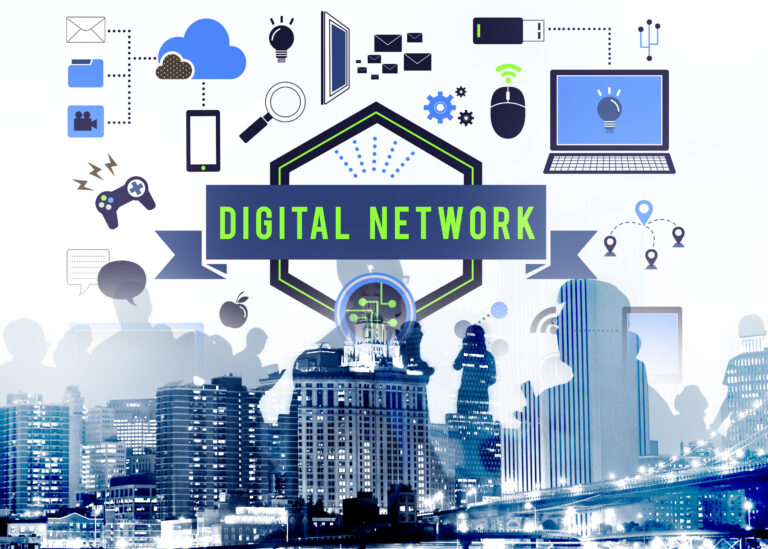The Role of Technology in Enhancing Public Safety
Technology has become an integral part of public safety, transforming how we prevent, respond to, and recover from emergencies. From advanced communication systems to artificial intelligence and data analytics, technological innovations are playing a crucial role in making our communities safer. Let’s explore the various ways technology is enhancing public safety.
Advanced Communication Systems
Effective communication is critical in emergency situations. Advanced communication systems ensure that first responders and the public can communicate swiftly and accurately during crises.
Next-Generation 911 (NG911)
NG911 systems improve emergency response by enabling the transmission of voice, text, data, and video from emergency call centers to first responders.
- Text-to-911: Allows individuals to send text messages to 911, providing an alternative for those who cannot make voice calls.
- Enhanced Location Services: NG911 systems use GPS and other technologies to provide precise caller locations, reducing response times.
Public Safety Broadband Networks
Dedicated broadband networks for public safety provide reliable and secure communication for first responders.
- FirstNet: A nationwide public safety broadband network in the United States that ensures first responders have priority access to communication resources during emergencies.
Artificial Intelligence and Data Analytics
AI and data analytics are transforming public safety by enhancing situational awareness, predicting incidents, and optimizing resource allocation.
Predictive Policing
AI-driven predictive policing tools analyze data to identify patterns and predict where crimes are likely to occur.
- Crime Mapping: Algorithms analyze historical crime data to create maps that highlight hotspots, helping law enforcement allocate resources more effectively.
- Predictive Models: AI models predict potential criminal activity, enabling proactive measures and crime prevention.
Real-Time Surveillance and Monitoring
AI-powered surveillance systems provide real-time monitoring and analysis of public spaces.
- Facial Recognition: Facial recognition technology identifies individuals in real-time, aiding in the identification of suspects and missing persons.
- Video Analytics: AI analyzes video feeds to detect unusual behavior, such as loitering or unattended bags, and alerts authorities.
Drones and Robotics
Drones and robotics are increasingly being used in public safety operations, providing new capabilities for surveillance, search and rescue, and hazardous materials handling.
Aerial Surveillance
Drones offer a cost-effective and flexible solution for aerial surveillance and monitoring.
- Search and Rescue: Drones equipped with thermal cameras can locate missing persons in difficult-to-access areas.
- Traffic Management: Drones monitor traffic conditions and provide real-time updates to authorities and the public.
Bomb Disposal Robots
Robots are used to safely handle and dispose of explosive devices, reducing the risk to human operators.
- Remote Operation: Bomb disposal robots can be operated remotely, allowing technicians to inspect and neutralize threats from a safe distance.
Cybersecurity and Information Protection
Protecting digital infrastructure and sensitive information is vital for public safety in an increasingly connected world.
Cyber Threat Detection
Advanced cybersecurity technologies detect and mitigate cyber threats to critical infrastructure and public safety systems.
- Intrusion Detection Systems (IDS): IDS monitor network traffic for suspicious activity and alert administrators to potential threats.
- Incident Response: AI-driven incident response tools analyze cyber incidents in real-time and suggest appropriate countermeasures.
Secure Data Sharing
Ensuring secure and efficient data sharing between agencies enhances collaboration and response efforts.
- Interagency Communication Platforms: Platforms that facilitate secure communication and data sharing between different public safety agencies.
- Blockchain for Data Integrity: Blockchain technology ensures the integrity and traceability of shared data, reducing the risk of tampering.
Smart City Technologies
Smart city initiatives leverage technology to enhance public safety by improving urban infrastructure and services.
Intelligent Transportation Systems
Smart transportation systems use technology to manage traffic flow, reduce congestion, and enhance road safety.
- Traffic Cameras and Sensors: Monitor traffic conditions in real-time and adjust traffic signals to optimize flow and reduce accidents.
- Connected Vehicles: Vehicles equipped with communication technology that can interact with each other and with traffic management systems to prevent collisions.
Environmental Monitoring
Technologies that monitor environmental conditions help protect public health and safety.
- Air Quality Sensors: Detect pollutants and provide real-time data on air quality, enabling authorities to issue health advisories and take corrective actions.
- Disaster Early Warning Systems: Sensors and AI models predict natural disasters, such as earthquakes and floods, and provide early warnings to minimize impact.
Community Engagement and Education
Technology enhances public safety by fostering community engagement and education.
Mobile Apps for Public Safety
Mobile apps provide a direct communication channel between authorities and the public.
- Emergency Alerts: Apps that send real-time alerts about emergencies, such as natural disasters, road closures, and safety threats.
- Community Reporting: Platforms that allow citizens to report suspicious activities, hazards, and emergencies directly to authorities.
Virtual Reality Training
Virtual reality (VR) is used to train first responders and the public in emergency preparedness and response.
- Simulated Scenarios: VR creates realistic training scenarios for firefighters, paramedics, and police officers, enhancing their preparedness for real-life emergencies.
- Public Education: VR experiences that educate the public on how to respond to emergencies, such as fire drills and disaster preparedness exercises.
Conclusion
Technology plays a pivotal role in enhancing public safety by improving communication, surveillance, predictive capabilities, and community engagement. As innovations continue to emerge, the potential to create safer communities grows exponentially. By leveraging advanced technologies, public safety agencies can respond more effectively to emergencies, prevent incidents, and ultimately save lives. Embracing these technological advancements is essential for building resilient and secure communities in the future.






